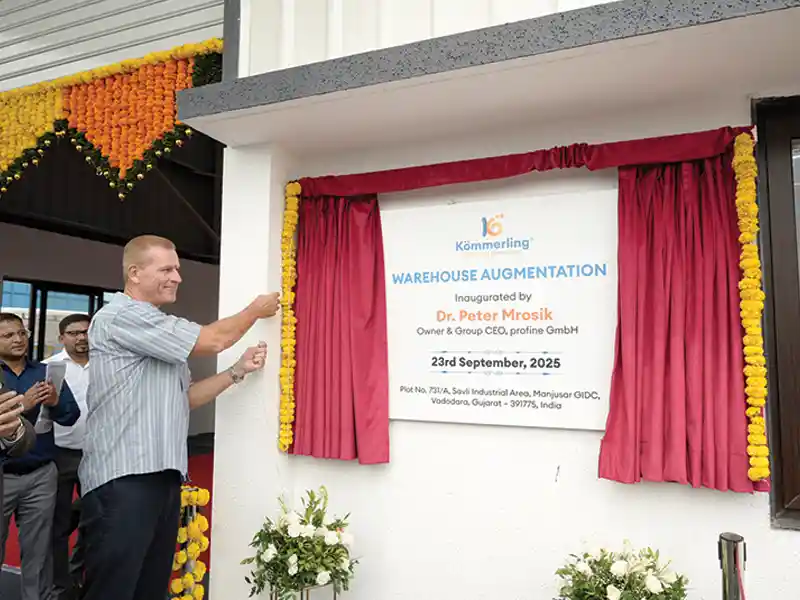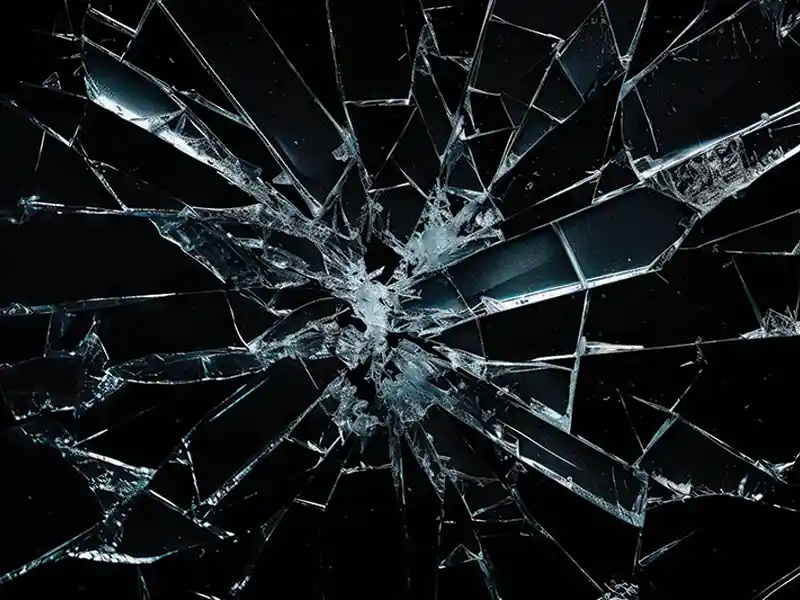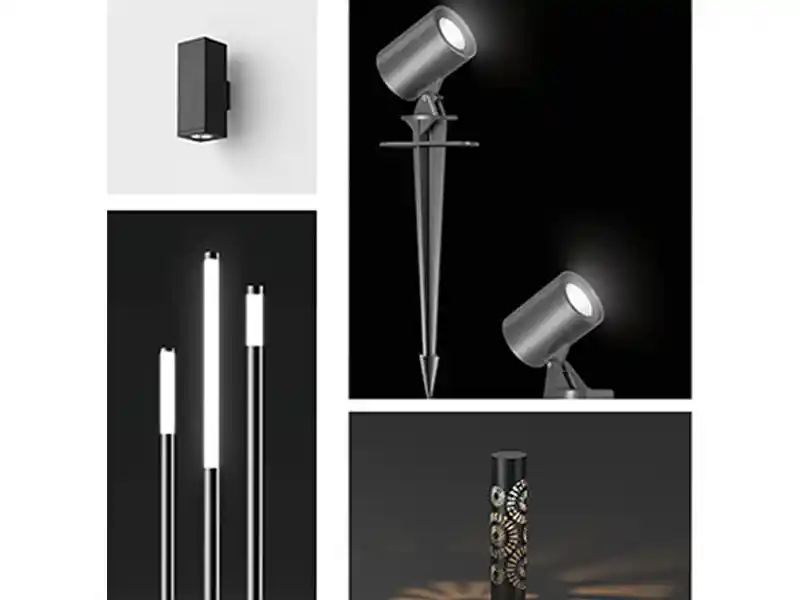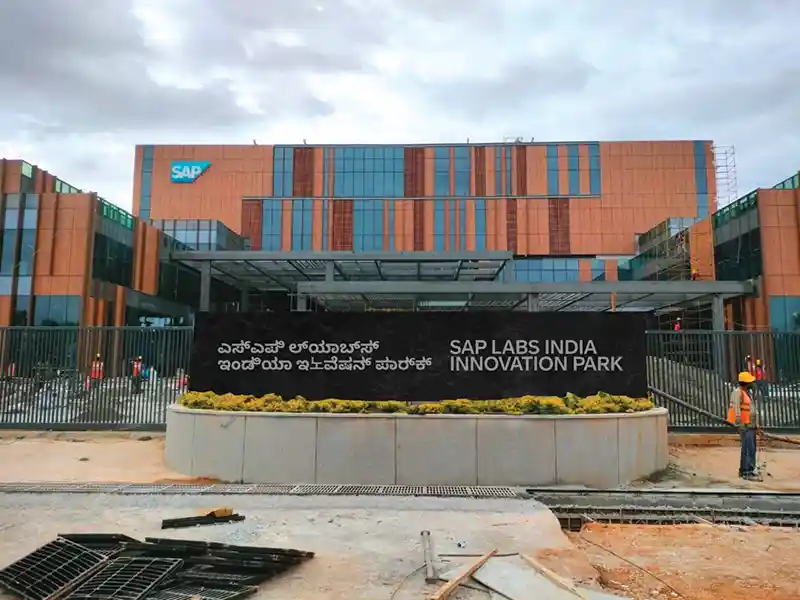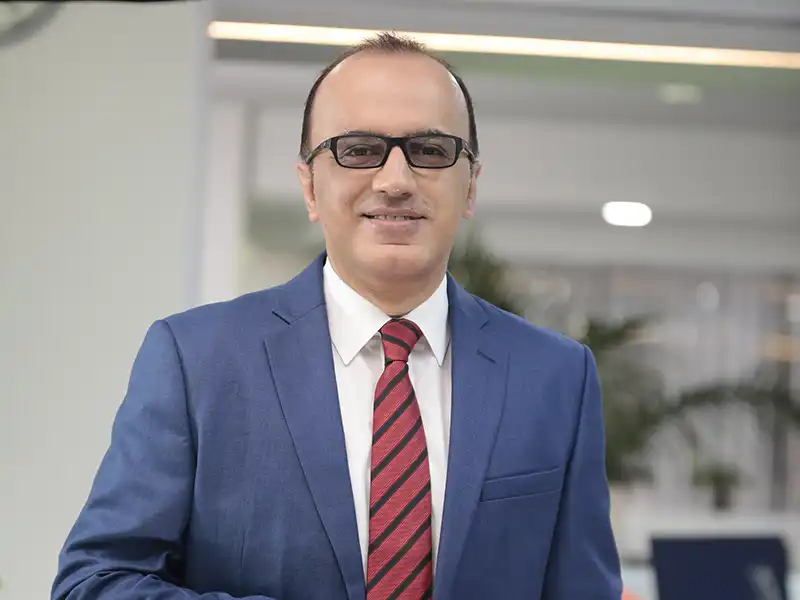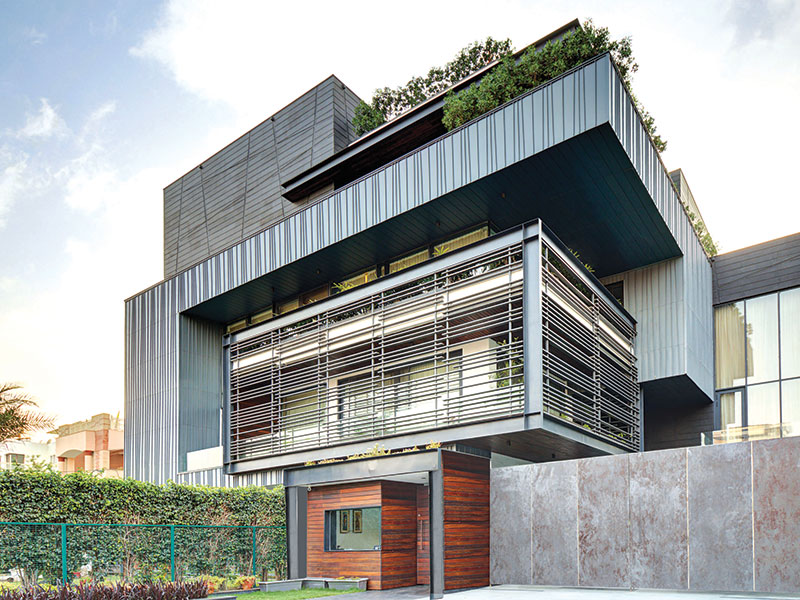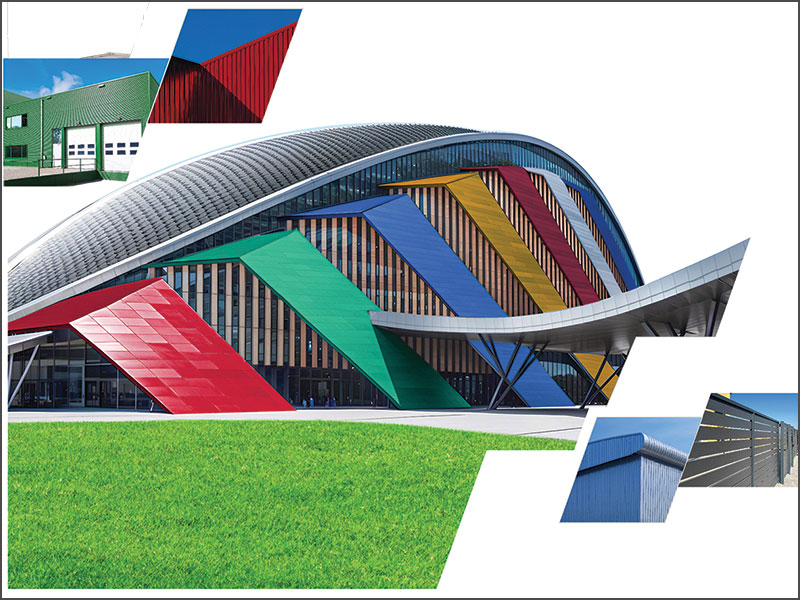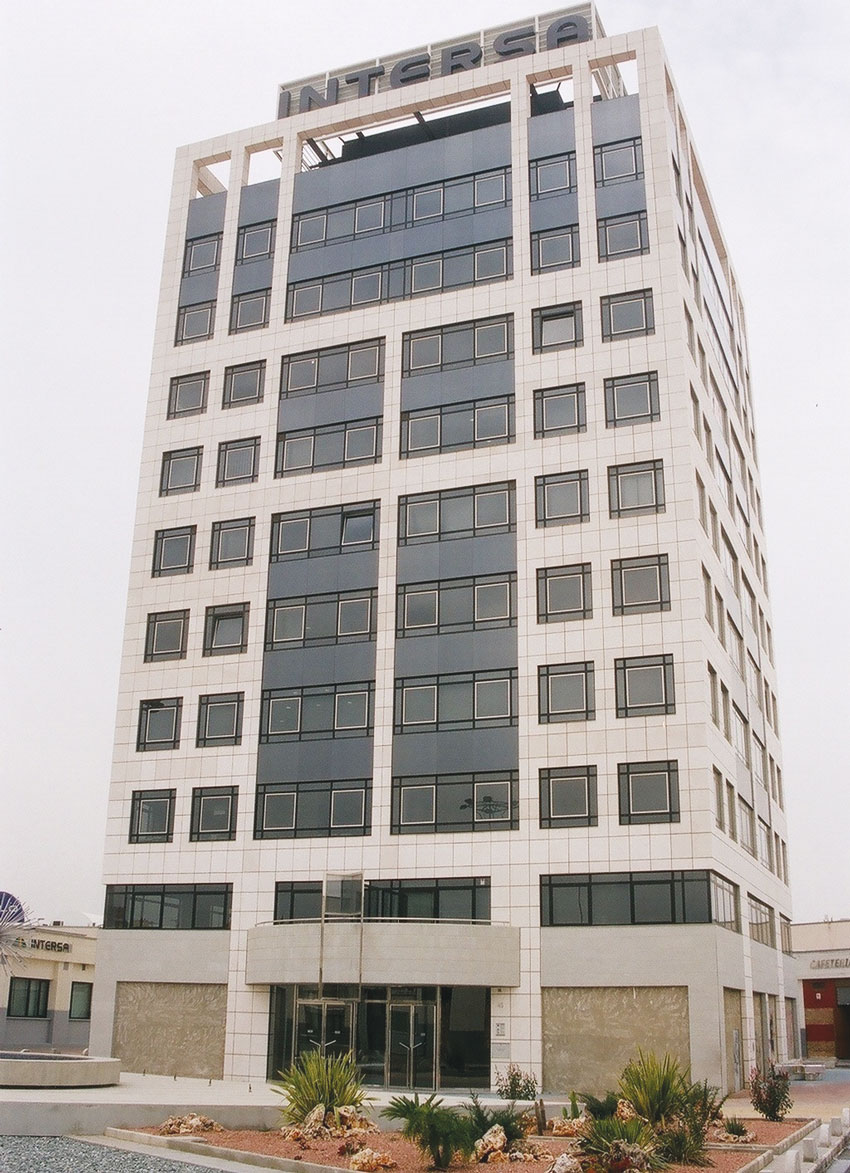
The advent of automatic fastening systems has completely transformed the concept of ceramic coverings on exteriors. Ventilated façades are currently regarded as the most effective, safest system for installing ceramic tiles on façades, providing the building with numerous aesthetic as well as technical advantages.
Ventilated facades are a complex, multi-layer structural solution that enables "dry" installation of ventilated walls. This reduces the amount of heat that buildings absorb in hot weather conditions due to partial reflection of solar radiation. The heat is absorbed by the covering, the ventilated air gap and the application of an insulating material. This in turn helps in achieving considerable reduction in the costs of air conditioning. Vice versa, in winter, ventilated walls manage to retain heat, resulting in savings in terms of heating.
This is developed to protect buildings against the combined action of rain and wind by counterbalancing the effects of water beating on walls and keeping the building dry. This is offered with high level aesthetic characteristics and undisputed advantages of heat insulation and soundproofing.
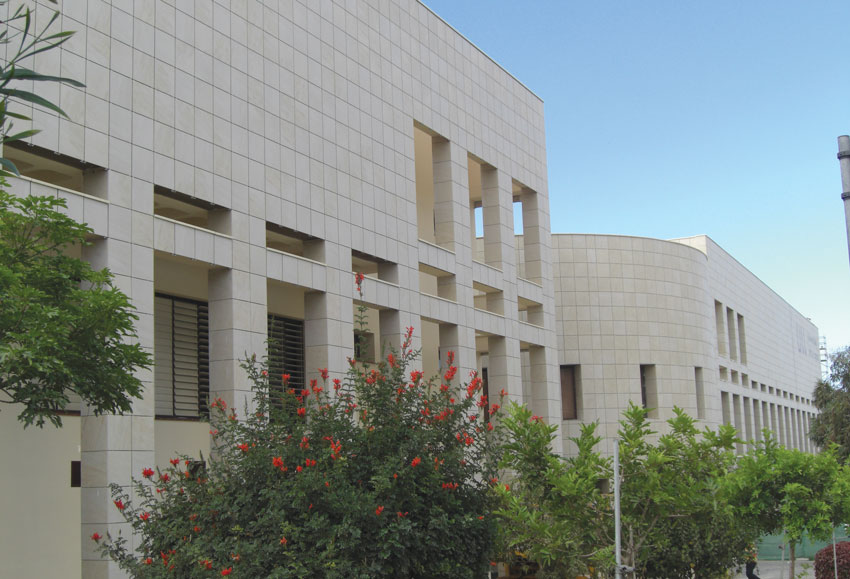
This also protects the buildings giving considerable advantages of wall durability over time and energy, especially where tall, exceptionally exposed, isolated buildings are concerned.
Ventilated walls are earning increasing recognition in the world of contemporary architecture specifically because of the numerous benefits and in depth technological innovations. Permitting free usage of facades in a modern and brand new style is the perfect answer to demanding project and performance requirements.
Some advantages of ventilated wall compared to the traditional one are:
- elimination of the risk of cracked covering
- elimination of the risk of detachment from the wall
- protection of the facade against the direct action of atmospheric agents
- elimination of beat bridges leading to energy saving
- elimination of surface condensation (the presence of an air gap facilitates evacuation of water stream from the interior and promotes the removal of possible moisture)
- lasting efficiency of the outer insulating material, which is kept perfectly dry
- easy ventilated wall installation regardless of the climatic conditions
- maintenance and work can be carried out on individual porcelain tile
- creation of a technical working space for pipe and duct housing
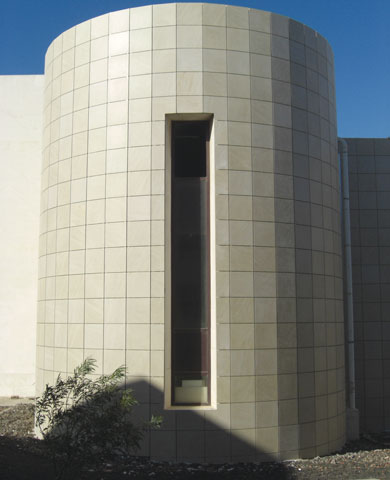
The ventilated façade and wall coverings are also offered along with Duragres tiles that are full body glazed vitrified tiles and would work better with the following additional specifications:
- VC Shield - patented technology that makes these tiles India's Most Durable Tiles
- Size of 600x1200mm (largest size tile available)
Ventilated facade, used frequently in the past with traditional materials, have been innovated and made easier to inspect with use of new materials such as technical ceramic. The facade consists of several parts assembled "dry" during installation with no need for adhesives, using mechanical anchoring and fixing devices.
Ventilated walls are quick to install and maintenance is minimum. They are therefore a practical and expedient solution for creating the outer coverings of buildings. Not limited to the above, the ventilated facades are successfully used in the restructuring of various buildings that are in this way restored and improved in the living comfort.
The ventilated wall, from an aesthetical and architectural point of view, also allows extreme flexibility in the use of materials, colour and sizes, providing the professionals with the freedom of expression in terms of varied design options.

